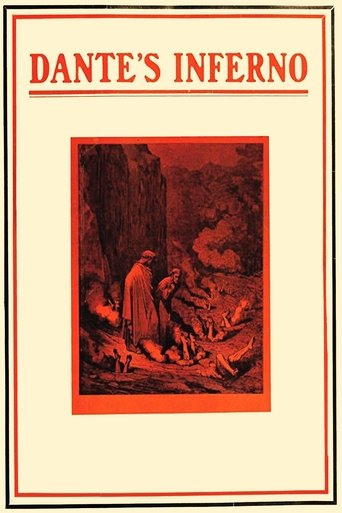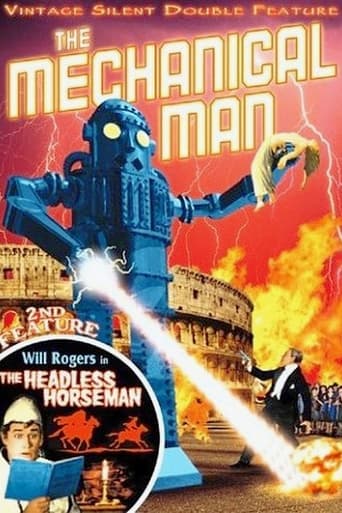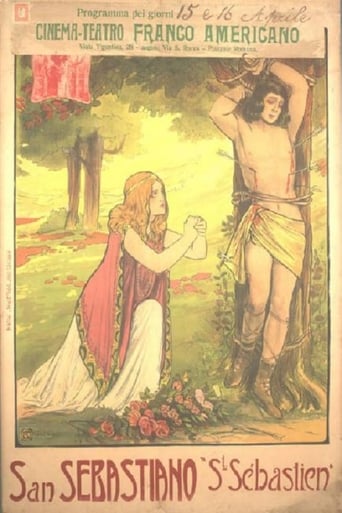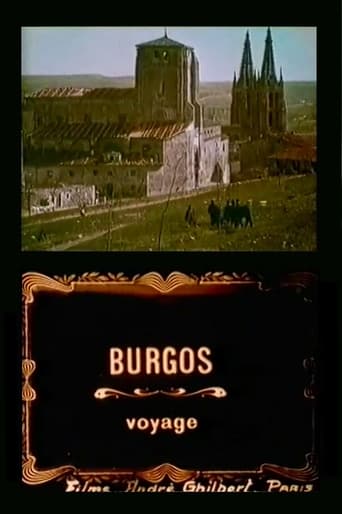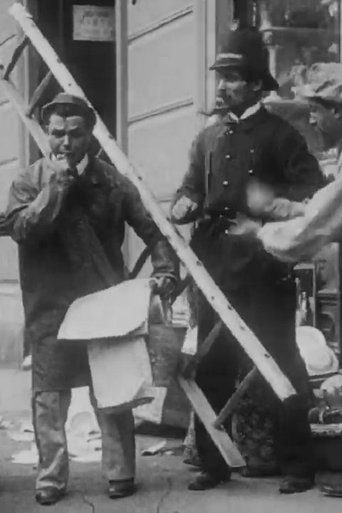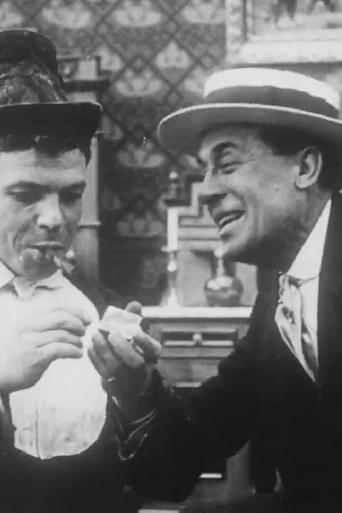From a window in Fabiola's house, Sebastian watches the Christians being taken to their cells, and as he listens to the shrieks and curses of the multitude his heart is stirred with pity. Later Sebastian is denounced to the Emperor as a Christian, and he is condemned to die by the swords of the Numidian guards. The news is brought to Fabiola, who sends one of her slaves to the chief of the Numidians. Heis brought to her house, and rich bribes are offered to him not to fulfil the Emperor's command. Sebastian is taken to the place of execution, and the chief commands his followers to shoot with their arrows, but not to kill. Dangerously wounded, Sebastian is carried to Fabiola's house, where she tenderly nurses him back to health. But Sebastian, partially recovered, sets out to meet the Emperor, and reproaches him for his cruelty towards the Christians.
